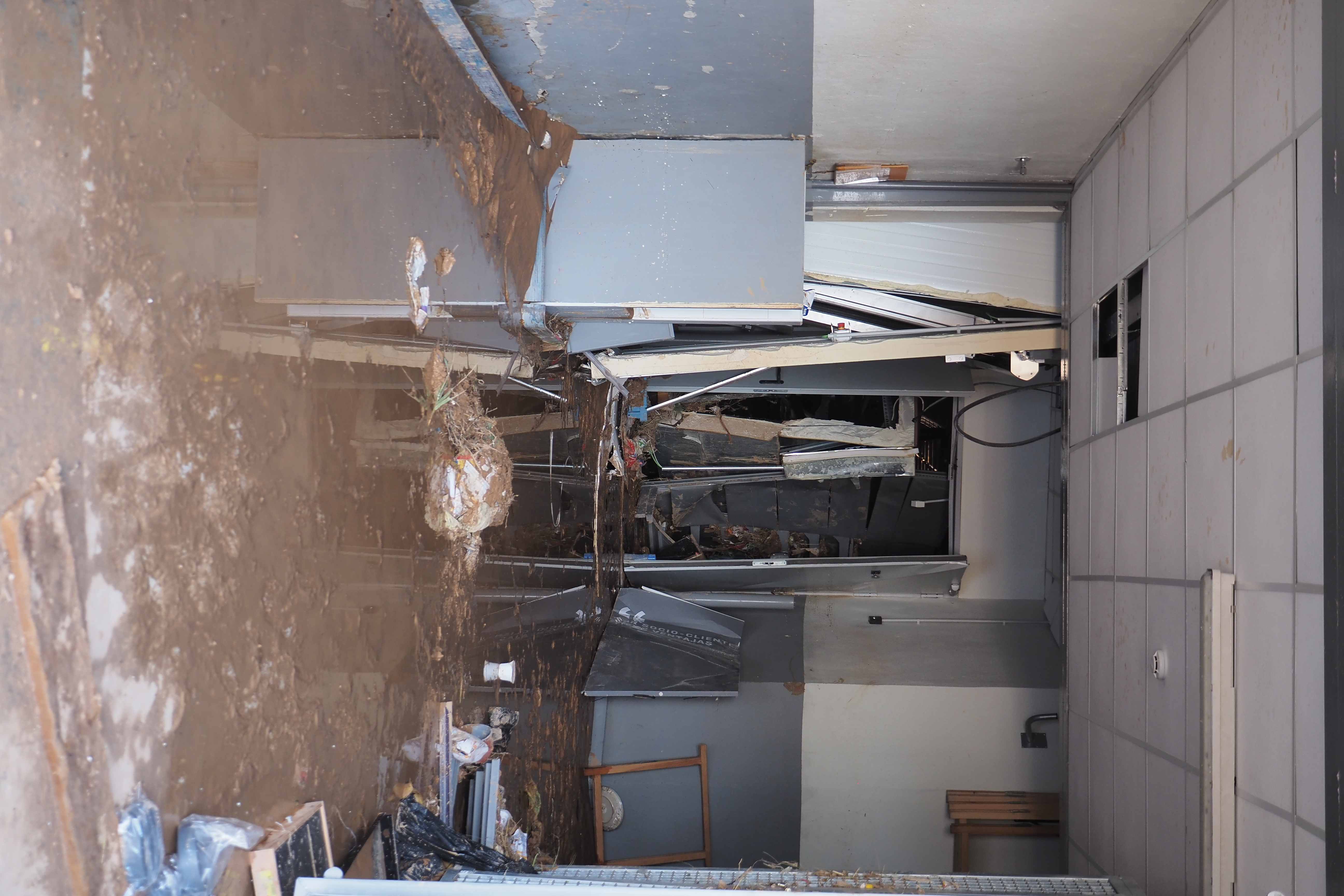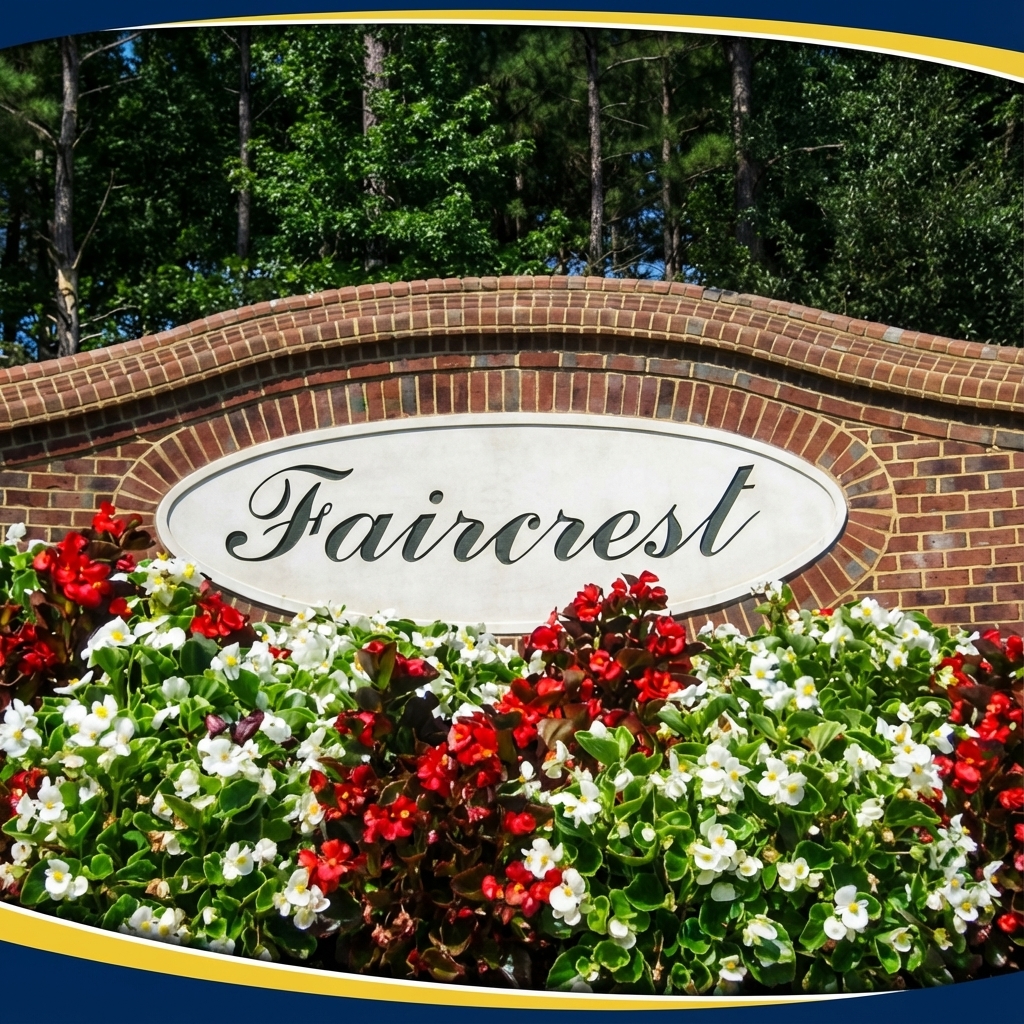When it rains, it pours—and these days, it’s been pouring a lot. With severe weather events happening more frequently across the country, many homebuyers are starting to ask an important question: Do I need flood insurance?
As a real estate professional who's helped hundreds of buyers and sellers across Virginia, Maryland, and D.C., I’ve seen this concern come up more and more, especially in areas that aren’t traditionally considered flood zones. So today, I want to break down what flood insurance is, why it matters, and how to find out whether you actually need it before you close on a home.
[What Is Flood Insurance and Why Should You Care?]
Flood insurance is exactly what it sounds like: insurance that protects your home and belongings from damage caused by flooding. What many people don’t realize is that standard homeowner’s insurance does not cover flood damage. That means even a few inches of water from a sudden storm or flash flood could cost you thousands out-of-pocket if you're not covered.
And no, you don’t have to live near a river or the coast to be at risk. In fact, according to FEMA, more than 25% of flood insurance claims come from properties outside of high-risk flood zones.
[How Do You Know If a Property Is in a Flood Zone?]
When I work with buyers, one of the first things I do during the due diligence process is check whether the property is located in a FEMA-designated Special Flood Hazard Area (SFHA). You can also look this up yourself using FEMA’s Flood Map Service Center online.
If the property is in a high-risk flood zone, your lender will most likely require you to purchase flood insurance as a condition of the mortgage. But even if it’s not required, that doesn’t necessarily mean you shouldn’t consider it.
[How Much Does Flood Insurance Cost?]
Flood insurance costs can vary depending on your location, risk level, and the amount of coverage you choose. For homes in lower-risk zones, a Preferred Risk Policy can cost as little as $300 to $600 per year. In higher-risk areas, premiums can be significantly more, but again—it’s all about managing risk.
[What Should You Do as a Buyer?]
Here are a few practical tips if you’re buying a home and concerned about flooding:
1. Check the FEMA flood map – Know your zone.
2. Ask the seller for any history of flooding – Even if it’s not required, many sellers will disclose past water damage.
3. Consult your insurance agent early – Don’t wait until the last minute to ask about flood insurance options.
4. Consider the neighborhood terrain – A steep hill might not flood, but a low-lying cul-de-sac might.
Flooding isn’t just a coastal problem—it’s a growing concern for homeowners everywhere. Whether you're buying your first home or your forever home, taking the time to understand flood insurance can save you from major headaches down the road.
If you have questions about a specific property or want help navigating flood zone maps and insurance options, feel free to reach out. I’m always here to help you make the most informed, confident decision when it comes to real estate.
As a real estate professional who's helped hundreds of buyers and sellers across Virginia, Maryland, and D.C., I’ve seen this concern come up more and more, especially in areas that aren’t traditionally considered flood zones. So today, I want to break down what flood insurance is, why it matters, and how to find out whether you actually need it before you close on a home.
[What Is Flood Insurance and Why Should You Care?]
Flood insurance is exactly what it sounds like: insurance that protects your home and belongings from damage caused by flooding. What many people don’t realize is that standard homeowner’s insurance does not cover flood damage. That means even a few inches of water from a sudden storm or flash flood could cost you thousands out-of-pocket if you're not covered.
And no, you don’t have to live near a river or the coast to be at risk. In fact, according to FEMA, more than 25% of flood insurance claims come from properties outside of high-risk flood zones.
[How Do You Know If a Property Is in a Flood Zone?]
When I work with buyers, one of the first things I do during the due diligence process is check whether the property is located in a FEMA-designated Special Flood Hazard Area (SFHA). You can also look this up yourself using FEMA’s Flood Map Service Center online.
If the property is in a high-risk flood zone, your lender will most likely require you to purchase flood insurance as a condition of the mortgage. But even if it’s not required, that doesn’t necessarily mean you shouldn’t consider it.
[How Much Does Flood Insurance Cost?]
Flood insurance costs can vary depending on your location, risk level, and the amount of coverage you choose. For homes in lower-risk zones, a Preferred Risk Policy can cost as little as $300 to $600 per year. In higher-risk areas, premiums can be significantly more, but again—it’s all about managing risk.
[What Should You Do as a Buyer?]
Here are a few practical tips if you’re buying a home and concerned about flooding:
1. Check the FEMA flood map – Know your zone.
2. Ask the seller for any history of flooding – Even if it’s not required, many sellers will disclose past water damage.
3. Consult your insurance agent early – Don’t wait until the last minute to ask about flood insurance options.
4. Consider the neighborhood terrain – A steep hill might not flood, but a low-lying cul-de-sac might.
Flooding isn’t just a coastal problem—it’s a growing concern for homeowners everywhere. Whether you're buying your first home or your forever home, taking the time to understand flood insurance can save you from major headaches down the road.
If you have questions about a specific property or want help navigating flood zone maps and insurance options, feel free to reach out. I’m always here to help you make the most informed, confident decision when it comes to real estate.
"When it rains, it pours—and these days, it’s been pouring a lot. With severe weather events happening more frequentl..."




.jpg)